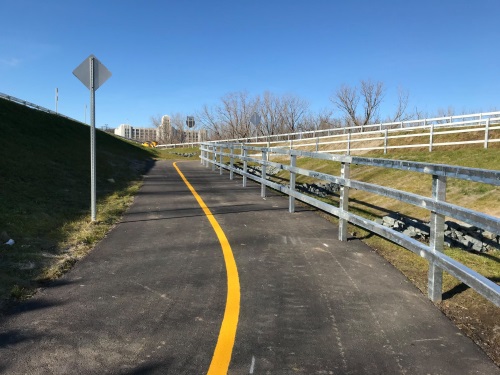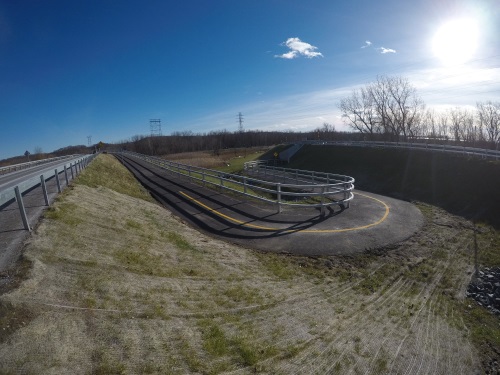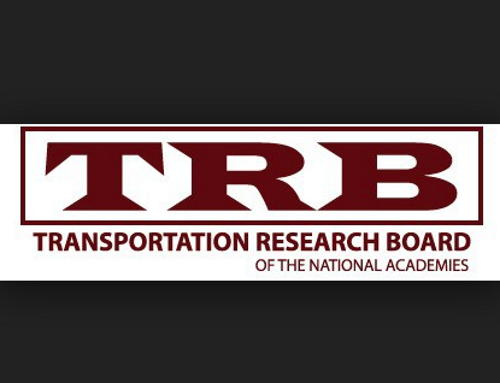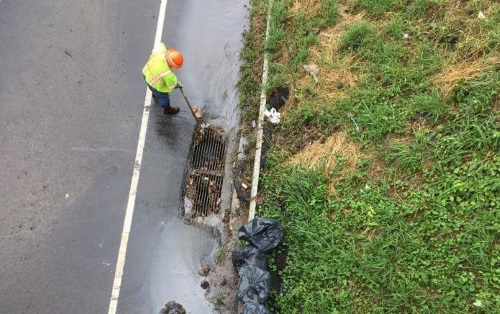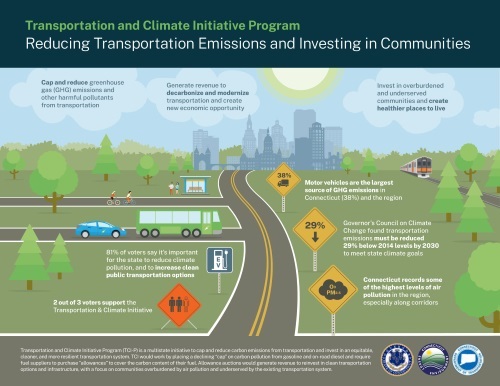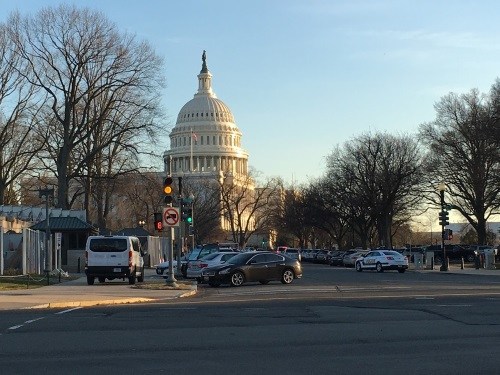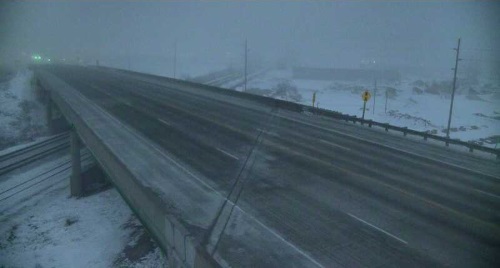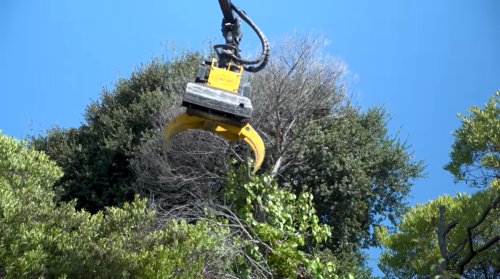FEDERAL ACTION
Updated: State DOTs Net $10B in Aid from COVID-19 Relief Legislation – AASHTO Journal
The Biden Environment Team and a Government-Wide Approach to Sustainability – Earth Institute/Columbia University
The pendulum is the pits: Can the United States make enduring regulations? – Brookings Institution
AAPA: U.S. Ports fare well in Congressional Year-End Legislation – Dredging Today
COVID-19
How local waste and recycling leaders are grappling with coronavirus-driven budget pressures – Waste Dive
NEPA
Biden CEQ pick signals NEPA changes – E&E News
Transition Thoughts: The Presidential Transition, NEPA, and Project Review – National Law Review
Seven-year King of Prussia rail delay shows folly of modern environmental laws – Philadelphia Inquirer (Opinion)
INFRASTRUCTURE RESILIENCE AND SUSTAINABILITY
Virginia DOT Launches Second Major Anti-Litter Initiative – AASHTO Journal
Extra scrutiny sought for warehouse at Grand Island Amazon site – Buffalo News
Lorain’s active transportation planning continues despite pandemic – Morning Journal (Ohio)
FLAP grant eyes infrastructure projects on Teton Pass – Jackson Hole News&Guide
AIR QUALITY
Regional GHG Reduction Consortium Takes Shape – AASHTO Journal
Colorado air quality regulators update plan to lower ozone levels and align with EPA standards – Colorado Sun
ENVIRONMENTAL JUSTICE
Biden links climate change, jobs and environmental justice – Successful Farming
Landmark Climate Policy Faces Growing Claims of Environmental Racism – Pew
NATURAL RESOURCES
Charles River Tributary in Boston Gets D- for Water Quality in New Report Card – WBTS-TV
Thousands of bats live in this Sacramento freeway. How Caltrans is ‘evicting’ them – Sacramento Bee
CULTURAL RESOURCES
Looking back on Minnesota and Washington State DOTs’ inaugural artists-in-residence – Transportation for America
President-Elect Biden Expected To Act To Reverse President Trump’s Public Lands Impacts – National Parks Traveler
HEALTH AND HUMAN ENVIRONMENT/ACTIVE TRANSPORTATION
What Does Pete Buttigieg’s Nomination as Transportation Secretary Mean for Cyclists? – Bicycling
Opinions sought for state Active Transportation Plan – Hays Post
State active transportation plan is rolling: Washingtonians invited to comment by Feb. 15 – WSDOT (Press release)
TRB RESOURCES/ANNOUNCEMENTS
TRB Webinar: People Movers and Shakers-Quality of Life in Airport Communities – TRB
2021 Conference on Sustainability and Emerging Transportation Technology – TRB
TRB Webinar: A Two-Way Ticket – Collaborative Planning Among Airports and Public Agencies – TRB
How We Move Matters: Exploring the Connections between New Transportation and Mobility Options and Environmental Health– Abstracts due April 15, 2021 – TRB (Call for Presentations)
Characteristics and Elements of Nonpunitive Employee Safety Reporting Systems for Public Transportation – TCRP
Introduction to Blockchain and Airport Operations in a COVID-19 Environment – ACRP
Oregon DOT Hiring an Environmental Project Manager – Oregon DOT
FEDERAL REGISTER NOTICES
Program for Eliminating Duplication of Environmental Review – FHWA/FRA/FTA (Final rule)
National Standards for Traffic Control Devices; the Manual on Uniform Traffic Control Devices for Streets and Highways; Revision – FHWA (Proposed rule; notice of proposed amendments; correction)
Surface Transportation Project Delivery Program; Arizona Department of Transportation Draft FHWA Audit Report – FHWA (Notice; Request for comment)
Hours of Service of Drivers: Association of American Railroads and American Short Line and Regional Railroad Association; Application for Exemption – Federal Motor Carrier Safety Administration (Notice of final disposition; grant of exemption)
Hazardous Materials: Miscellaneous Amendments Pertaining to DOT- Specification Cylinders
Pipeline and Hazardous Materials Safety Administration (Final rule)
Reclassification of Major Sources as Area Sources Under Section 112 of the Clean Air Act; Correction – EPA (Final rule; correction)
Civil Monetary Penalty Inflation Adjustment – EPA (Final rule)
Increasing Consistency and Transparency in Considering Benefits and Costs in the Clean Air Act Rulemaking Process – EPA (Final rule)
Hazardous and Solid Waste Management System: Disposal of Coal Combustion Residuals From Electric Utilities; Reconsideration of Beneficial Use Criteria and Piles; Notification of Data Availability – EPA (Proposed rule; notice of data availability; request for comment)
EPA’s Approval of Florida’s Clean Water Act Section 404 Assumption Request – EPA (Notice)
Takes of Marine Mammals Incidental to Specified Activities; Taking Marine Mammals Incidental to Ice Roads and Ice Trails Construction and Maintenance Activities on Alaska’s North Slope – NOAA (Final rule; notification of issuance of Letters of Authorization)
Financial Support for Transmission and Distribution Lines To Pump Stations 15, 16, 17, 18, and 19 in Connection With the TransCanada Keystone XL Pipeline – Rural Utilities Service (Notice of Availability of a Record of Decision)

